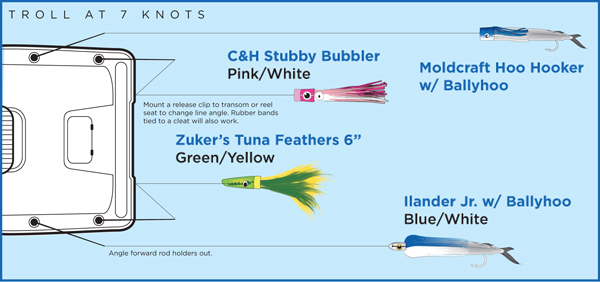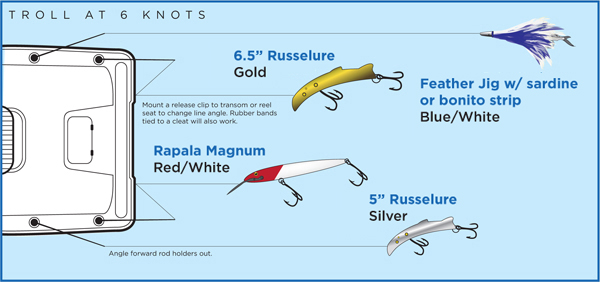Get ready, summer will be here before you know it.
By Capt. Joe Kent
Not too long ago, offshore fishing was a year-round sport. While the peak of the season is from around the Fourth of July to not long after Labor Day, red snapper and other reef fish provided action all year long.
When tight regulations began being imposed on the recreational sector in Federal Waters, winter fishing for red snapper was virtually eliminated.
While recreational anglers do have a short window of time to catch their two fish per day limit of red snapper, the timeframe usually begins on June 1 and lasts anywhere from a few days to a couple of weeks or so. The season usually ends about the time when action on pelagic fish such as king mackerel, ling and Dorado begins to get hot.
With the exception of anglers owning large vessels, those in the 45 foot and larger range, most of the offshore boats are used on a limited basis or sit up a good part of the winter months.
The same can be said of fishing equipment and tackle, all of which leads to the point of this article and this is now is the time to get prepared for the offshore fishing season.
Many offshore anglers postpone their preparations until close to the time when they will make that first venture of the year to the rigs and other areas offshore. In doing so, often it is discovered that the boat and/or fishing equipment is in need of repairs or service.
While there is normally no problem getting the gear in shape, it usually takes much longer than it would have earlier in the year.
March and April are excellent months to address all of this and here are some suggestions on what you should look for and respond to during the process.
Let’s start with the boat. The gasoline tank is one of the biggest problems and it is not the tank itself, but the contents. Gasoline that has been in the tank for several months should have a special treatment added before venturing out for the first time. Ethanol blended fuel is the main culprit.
Although a stabilizer may have been added before storage, over time it loses its effectiveness and water will build in the tank. This is largely due to the absorption aspects of ethanol. Water and gasoline do not mix and can cause big problems that are expensive to repair. Check with your mechanic for a recommended gas treatment and if the gas has been in the tank for a long period of time, it may be recommended that the fuel be removed and replaced. That is much cheaper than a major engine repair.
If the gasoline is not an issue, one of the best ways to check out the other boating and fishing equipment is to make a trial run offshore. March and April are the two windiest months of the year and the number of days offering tolerable conditions offshore is limited.
Regardless, a bay run is a good substitute. The main thing is to be able to open up the engines and run them at cruising speed for at least thirty minutes. During the process, check out the fresh and saltwater pumps and all other electronics. Fuel indicators are one of the more frequent items to become stuck during storage.
Next would be the fishing equipment. Look for rust and corrosion on tackle and if suitable for cleaning, do so, if not replace. Reels and line are the two items of fishing gear than normally need the most attention. If the line has been used much or has been on the reel for two seasons or more, replace it.
Reels will need to be cleaned and oiled and if you are not comfortable taking them apart and putting them back together, take them to a professional. The cost is worth it.
You have often heard the old expression of “a stitch in time saves nine,” well nothing could be truer when preparing for the upcoming offshore fishing season.






 Proven dorado colors are blue/white, pink/white and green/yellow. Change your spread to the colors they are hitting the hardest. Feather jigs,
Proven dorado colors are blue/white, pink/white and green/yellow. Change your spread to the colors they are hitting the hardest. Feather jigs, 
 Kingfish are abundant in the Gulf and will strike baits with unbridled aggression and speed. Gold and silver
Kingfish are abundant in the Gulf and will strike baits with unbridled aggression and speed. Gold and silver 

